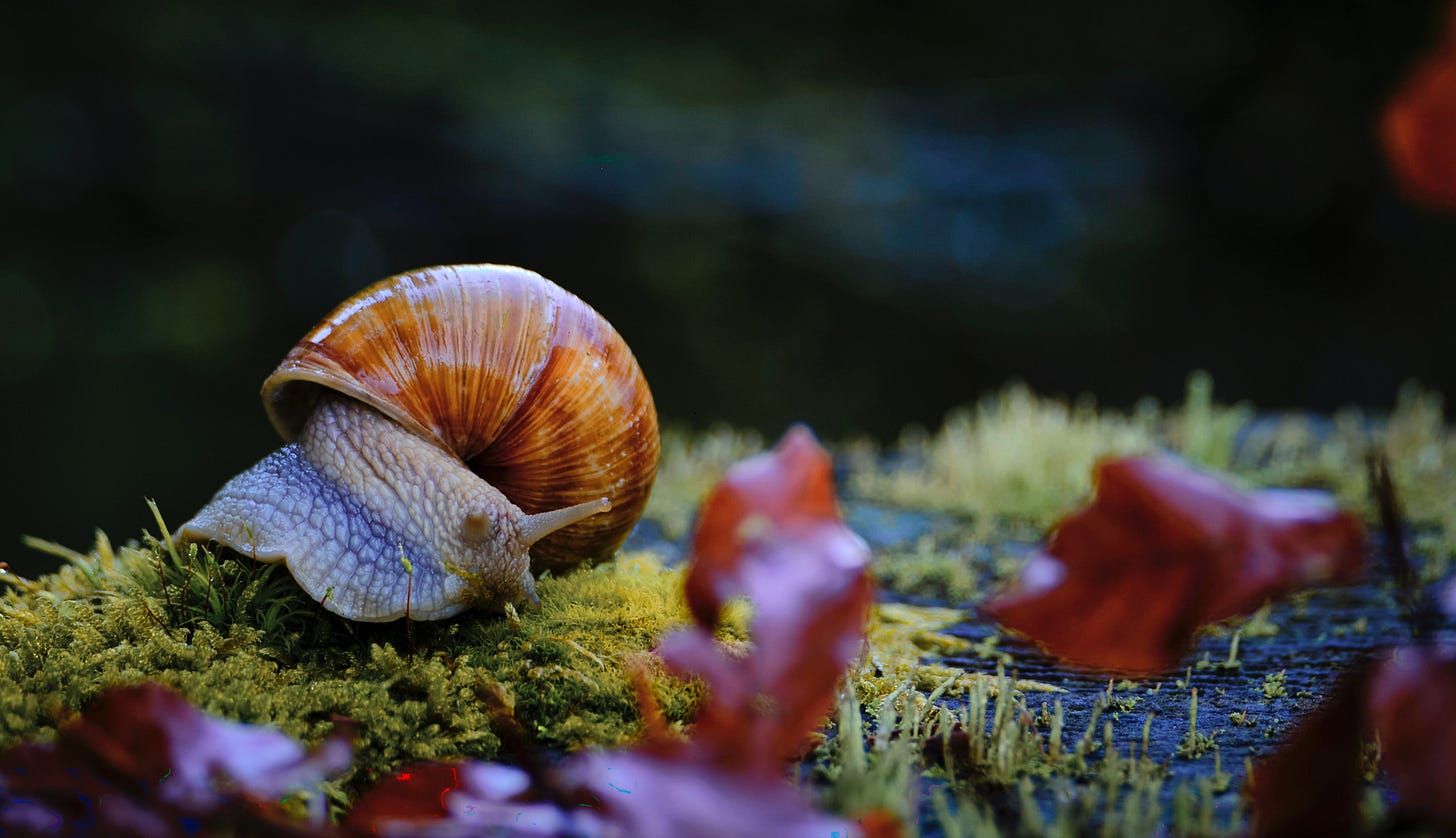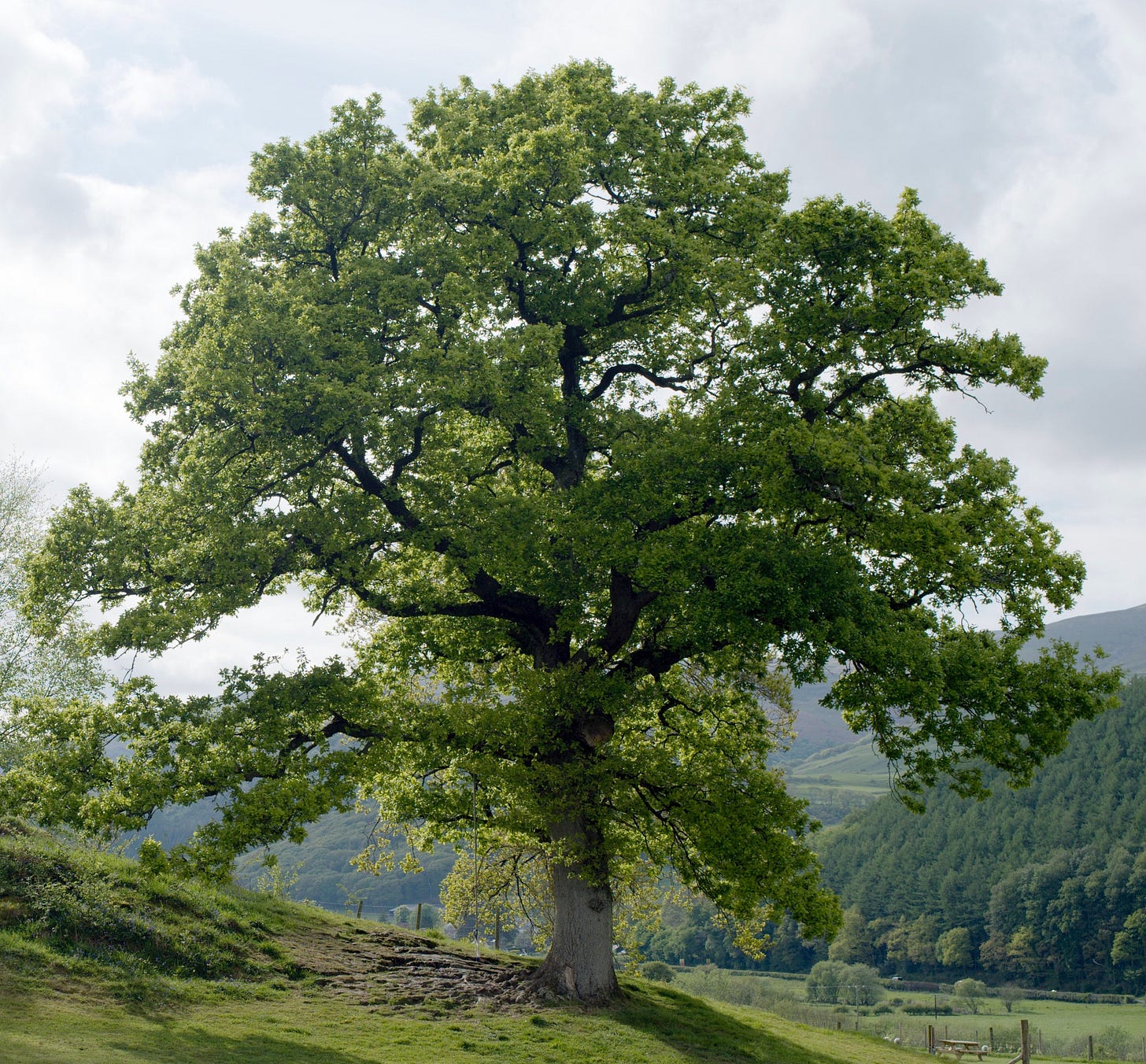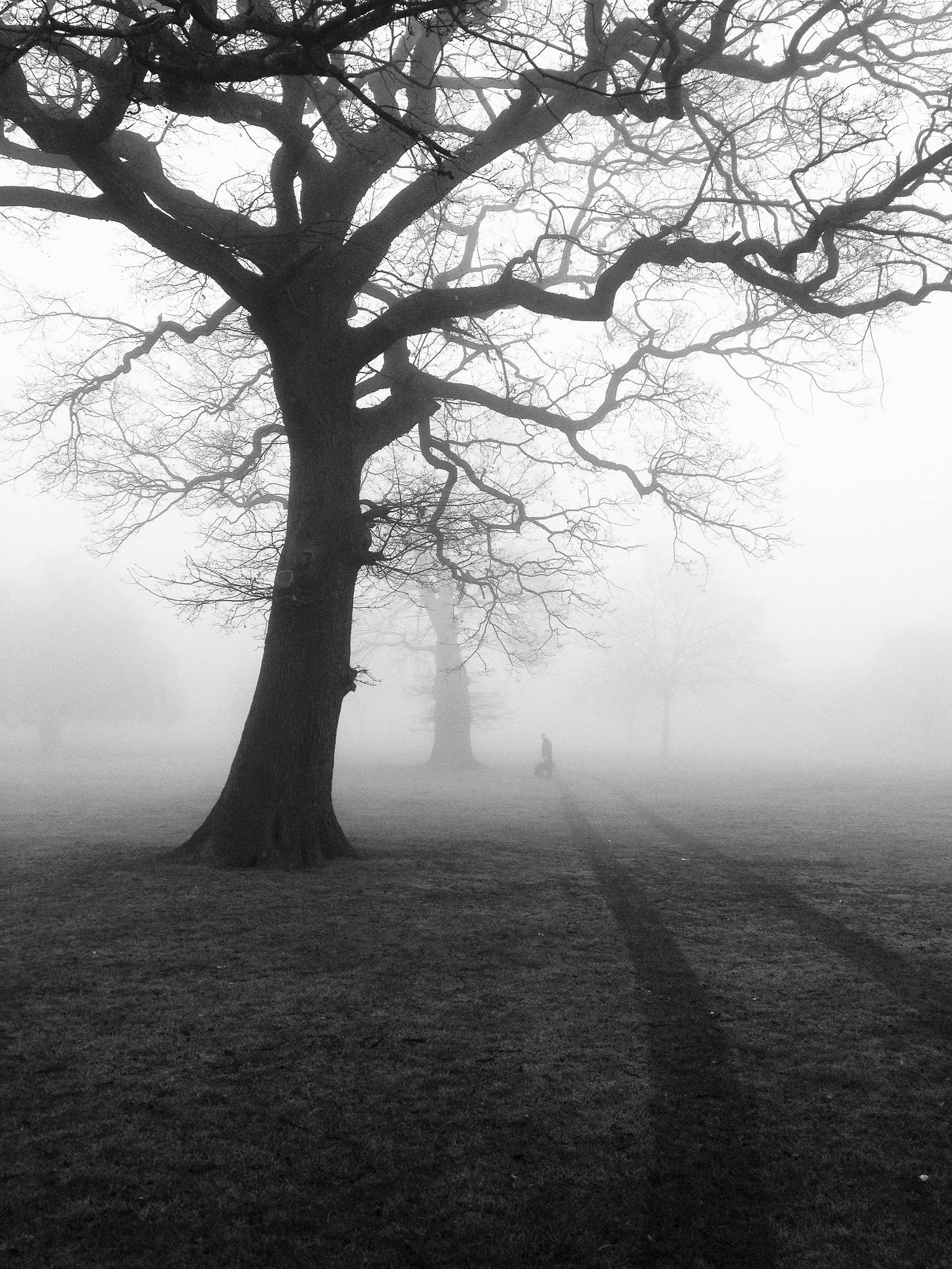Illustrating the ANS
Our most popular posters ever, hands down, were the Official Polyvagal Posters we did with Stephen W. Porges and released in January 2020. When we gifted the rights to the posters to the Polyvagal Institute several months ago, as a way to honor Porges and his work, we had sold just over 1,500 of them around the world. (If you need an official Polyvagal Poster, talk to PVI.)
I would get photographs sent to me from treatment rooms around the world: a clinic in Amsterdam, a studio in Seattle, an office in Buenos Aires. This was so exciting, to see our work being used in these deep and local ways to help people feel and understand the ANS. Certainly one of the things that makes me happiest in the world is seeing people learn and benefit from this work.
The poster project took us nearly a year to complete, which is funny in retrospect, because I thought it would take three weeks. When all was said and done, we had gone through twenty-one versions. We hired a medical illustrator aptly named Leonardo, and eventually an art director and design justice consultant. The process was humbling and painstaking and when it was complete felt like the writing and revising of a book more than the creation of an image.
As Autonomics began to clearly emerge and differentiate itself from PVT there was an awkward period of time that we passed through when people were still buying the PVT poster, but I no longer believed it was neuro-anatomically or functionally accurate. At a certain point, as the new foundation model came clearly into focus, it felt disingenuous to be selling a product that we no longer believed accurately represented what we understood. At this point we took it off the market, to the disappointment of many.
The recent process of writing our first white paper on Autonomics: Towards an Accurate In Vivo Reconceptualizing of Autonomic State has re-acquainted me with the minutiae of the theoretical and conceptual differences, and seems to have re-started my creative visual engine.
I am often fascinated by the way that understanding makes itself clear through an image. I remember the moment that we started thinking about neuroception through the visual metaphor of the retraction of a snail into its shell.
Or when we really started to understand what was missing in necrotic anatomy through the analogy of the Oak in summer versus the Oak in winter.
(ABOVE: What your living neurology actually resembles)
(ABOVE: what you’ve been taught your neurology looks like)
This is the power of image to help you really grasp and feel a concept: to land it solidly in the realm of the felt and known.
I’m working on a new poster.
One that will endure the test of time.
One that takes what we have learned in Autonomics and consolidates it into a single framework of power and beauty, so that someone can explain it in plain language through a series of images that land in the body and mind.
We have found a way to illustrate, simply, what we now understand about the meta-structure of the ANS. Traditional neuroscience teaches you that it is a system of paired antagonism, like a seesaw. Polyvagal Theory teaches you it is a hierarchy. Neither of these is actually correct. It is a contextually dependent system of either collaborative cooperation or hierarchial decoupling, with the primary variable determining this being moment-to-moment neuroception. We have found a very clear and visually simple way to illustrate this.
It is emerging slowly and steadily out of the fog, arriving. When it is complete, it will live in our library here.
I’m very excited about what is emerging.





